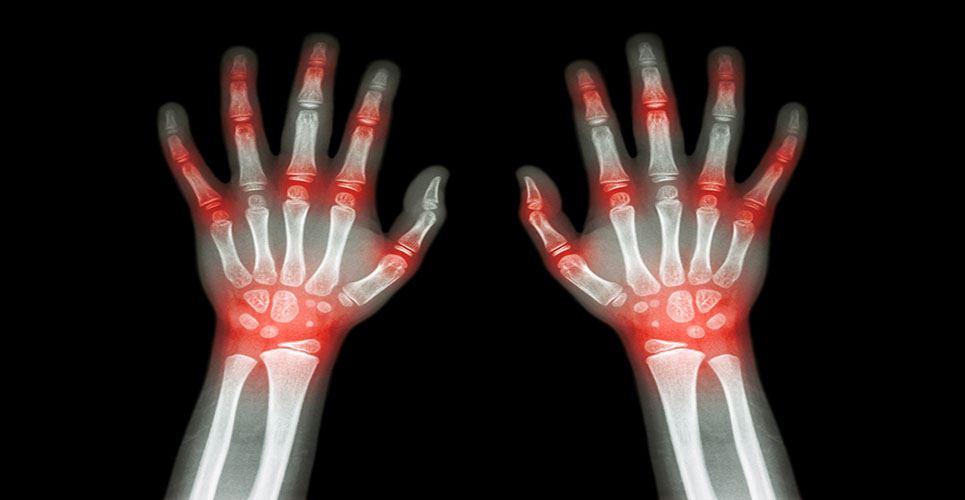teaser
UCB today announced data showing that rapid improvements in ACR20, physical function, pain and fatigue of rheumatoid arthritis (RA) as early as Week 1, following treatment with Cimzia (certolizumab pegol), together with methotrexate (MTX), was sustained up to 148 weeks.
Inhibition of progression of structural joint damage (seen at Week 24) was sustained up to the last x-ray evaluation at 2.5 years. Cimzia was well tolerated with no new safety signals across three years.
“These data have shown certolizumab pegol as an effective and well tolerated therapy in patients treated for a sustained period of time,” said lead investigator Josef Smolen, M.D., and Chairman of the Department of Rheumatology, Internal Medicine III, Medical University of Vienna, “As a chronic condition, it is critical patients and physicians are confident that treatments deliver a rapid response and are effective in the longer term to help maintain overall quality of life.”
The data presented were from an open label extension (OLE) to the phase III, Rheumatoid Arthritis Prevention of Structural Damage (RAPID 2) study. The OLE was designed to investigate the long-term efficacy and safety of Cimzia and methotrexate (MTX) over three years (148 weeks). Patients receiving Cimzia 200mg or 400mg + MTX who completed RAPID 2 initially received Cimzia 400mg + MTX every other week (EOW) in the OLE; this Cimzia dose was decreased from 400mg to 200mg EOW per protocol (after ≥6 months in the OLE).
Efficacy was measured by ACR 20/50/70 responder rates, DAS28[ESR]. Patient-reported outcomes included physical function (assessed using the Health Assessment Questionnaire-Disability Index [HAQ-DI]) and pain (assessed on a 0-100-mm visual analogue scale [VAS]).
At 148 weeks, ACR responses in Cimzia 200mg completers were sustained. Sixty-three percent of Cimzia 200mg completers who entered the OLE had an ACR50 response. ACR20/50/70 response rates were similar in CZP 400mg completers. Low disease activity (DAS28[ESR]<3.2) was reported in 39% of patients with 36% of patients originally treated with 200mg Cimzia and 42% originally treated with 400mg Cimzia. Twenty percent of patients had remission at week 148 (19% of patients originally treated with 200mg Cimzia and 20% originally treated with 400 mg Cimzia).
Improvements in HAQ-DI scores were sustained over 3 years in Cimzia 200mg completers, as were improvements in pain VAS. Results were similar in Cimzia 400mg completers. Inhibition of radiographic progression observed during the double-blind phase (weeks 0-24) was sustained up to the last x-ray evaluation at 2.5 years. The mean change from baseline in modified total Sharp score (mTSS) for the combined Cimzia dose groups at Week 128 was 0.75.
There was no increase in incidence of AEs in the OLE, nor were any new safety signals observed.
In Cimzia’s pivotal clinical trials reported serious adverse reactions included infections (including tuberculosis) and malignancies (including lymphoma). The most common adverse reactions belonged to the system organ classes Infections and Infestations, reported in 15.5% of patients on Cimzia and 7.6% of patients on placebo, and General disorders and administration site conditions, reported in 10.0% of patients on Cimzia and 9.7% of patients on placebo. A pooled analysis of the safety data showed there was a low incidence of injection site pain (1.5%) and a low level of discontinuations due to adverse events (5%). Cimzia demonstrated a favorable risk-benefit profile in patients with at least up to two years of drug exposure.

